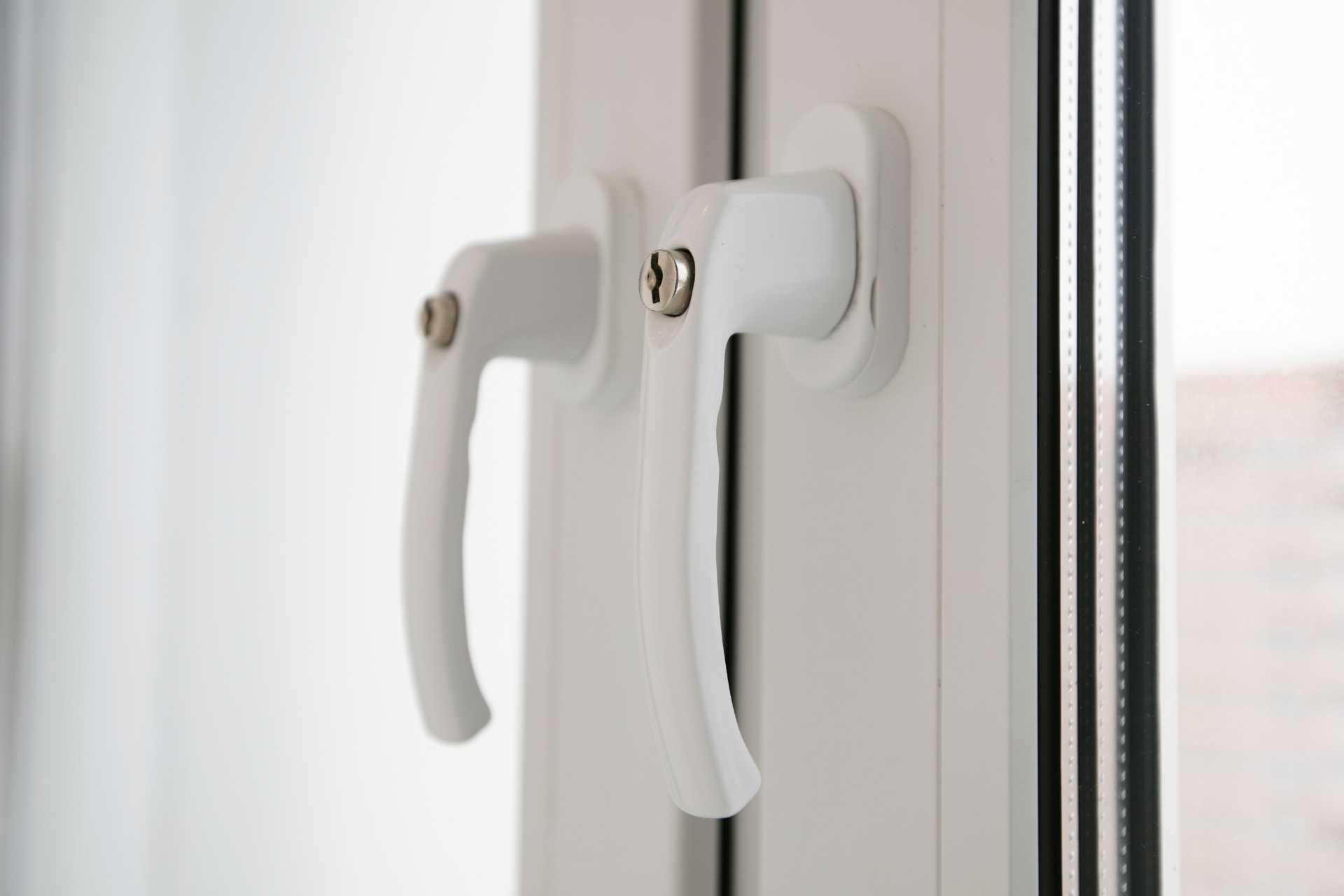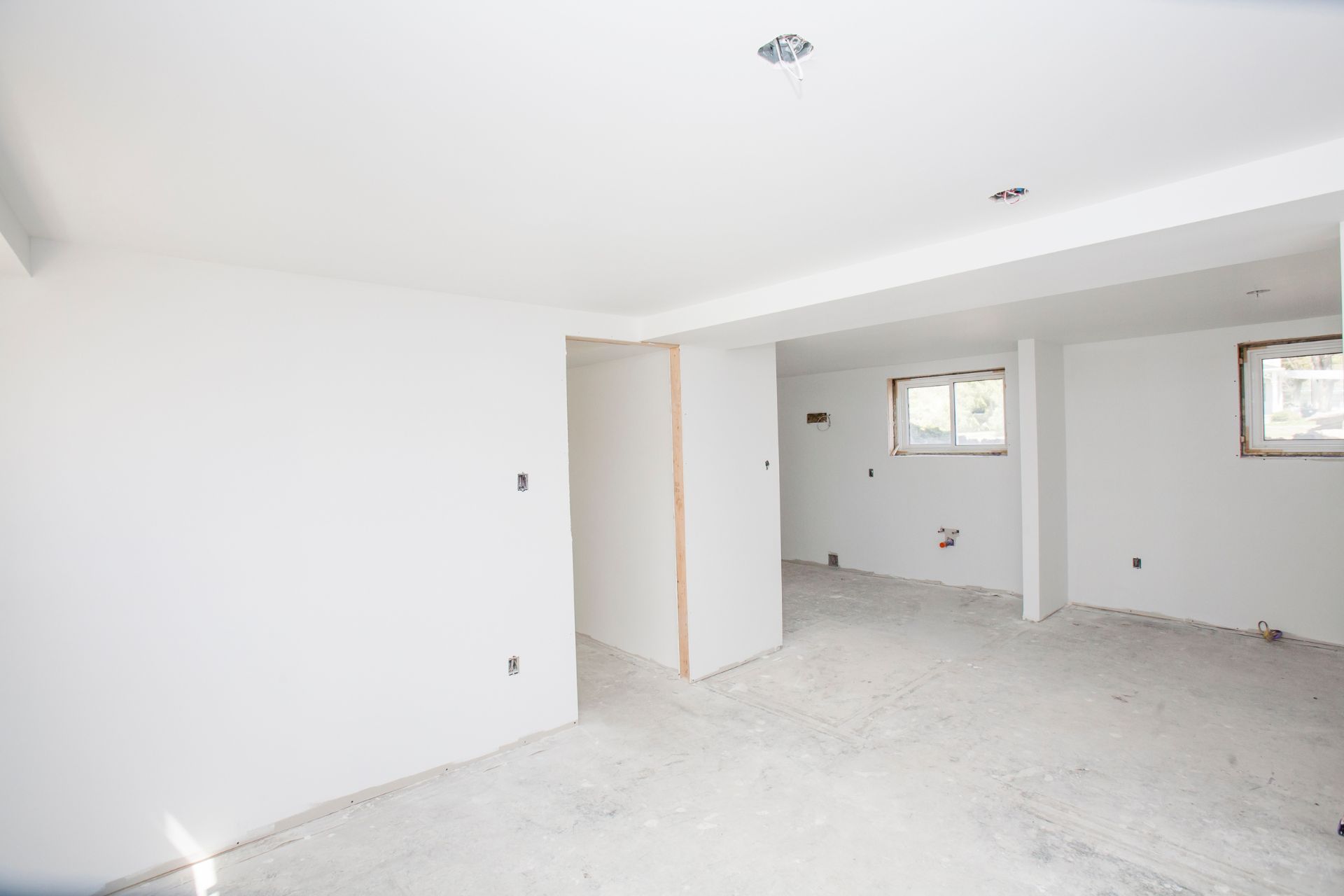Moisture is one of the most persistent and damaging issues homes in Ontario face year-round. Spring thaws, heavy rainfall, humid summers, and frigid winters all contribute to moisture buildup in and around the home. Without proper protection, this moisture can seep into window and door frames, leading to condensation, wood rot, mould, and long-term structural damage. For those considering window replacement or door replacement, understanding how the right products prevent leaks and condensation is critical for protecting home value, comfort, and health.
Investing in high-quality windows and doors, paired with proper installation and maintenance, creates a strong barrier against unwanted moisture. Whether renovating an older home or upgrading for energy efficiency, addressing moisture should be part of the long-term planning. Here’s what every property owner should know about how windows and doors can help control and prevent water-related issues.
Installation Matters More Than You Think
When it comes to protecting against leaks, the quality of installation is just as important as the products themselves. A properly installed window or door will have tight, even fitting, with no gaps between the frame and the building envelope. Professional installers ensure all edges are sealed, flashed, and insulated to prevent water from sneaking behind siding or beneath thresholds. Flashing deflects rainwater away from the structure, while high-performance caulking and spray foam close off any hairline openings.
Even small errors during installation can lead to major problems. Gaps around frames allow moisture to enter walls undetected, causing rot and mould behind the scenes. A snug fit, tight seal, and quality materials set the foundation for leak-free performance. Understanding common weak spots and signs of failure is crucial to maintaining a secure and leak-resistant structure, which begins with efforts to create a draft-free, leak-free home.
Seals and Weatherstripping Make the Difference
Weatherstripping and seals form the second line of defence against the elements. These components compress between the frame and sash or door panel to prevent drafts, rainwater, and outdoor air from entering. Over time, seals degrade—rubber cracks, adhesive loosens, and gaps form. This degradation opens the door to moisture infiltration.
Inspecting and replacing worn seals is a simple but vital task. Resealing with high-quality weatherproof caulk and upgrading deteriorated weatherstripping prevents long-term damage. Even seemingly minor gaps can lead to expensive repairs when moisture intrudes. Ensuring tight closure and consistent seal compression across all openings is essential. That’s why durable seals and weatherstripping are essential, not just for temperature regulation but also for moisture control.
The Right Materials Resist Moisture Better
Frame and door materials play a big role in resisting water damage. Wood absorbs moisture and can warp, swell, or rot without regular treatment. By contrast, vinyl, fibreglass, and coated aluminum offer non-porous surfaces that don’t retain water. These materials resist degradation in humid conditions and maintain structural integrity over time.
Vinyl windows, in particular, perform well in high-moisture settings. Their resistance to warping and mould, combined with minimal maintenance needs, make them ideal for Ontario’s climate. Similarly, fibreglass entry doors are engineered to withstand moisture and maintain shape even after exposure to rain and snow. Opting for windows designed for humid areas ensures the durability and moisture resistance needed in climates with high humidity and variable temperatures.
Better Glass, Less Condensation
Condensation occurs when warm, humid indoor air meets cold glass surfaces, often resulting in fog or even frost on windows. This not only obstructs views but can also lead to mould and deterioration. Double- and triple-pane windows with insulated glass units help prevent condensation by reducing heat transfer.
Modern glazing technology, including Low-E coatings and inert gas fills, keeps interior glass surfaces warmer in the winter and cooler in the summer. This significantly reduces the chance of moisture forming. With improved insulation comes enhanced comfort and energy savings. The use of energy-efficient windows can significantly limit condensation while also contributing to lower utility bills and improved thermal comfort.
Managing Humidity Indoors
Even the most tightly sealed home needs ventilation to manage indoor humidity. Everyday activities like cooking, showering, and laundry generate significant moisture. Without adequate air exchange, this water vapour accumulates and settles on cool surfaces, especially windows.
Use bathroom fans, range hoods, and trickle vents to expel moist air and reduce condensation risks. Opening windows occasionally allows stale air to exit and fresh air to enter, maintaining balanced indoor humidity. Managing moisture from within complements sealed windows and doors and is key to long-term comfort. Effective ventilation and home comfort strategies are essential when managing condensation and maintaining healthy indoor air quality.
Routine Maintenance Prevents Big Problems
Maintenance is a crucial yet often overlooked factor in moisture prevention. Seasonal inspections of caulking, seals, and hardware ensure that protective measures remain effective. Caulk that’s cracked or peeling should be removed and replaced with fresh, weatherproof sealant. Loose hardware should be adjusted so that doors and windows close snugly.
Regularly cleaning frames and keeping drainage channels clear prevents water buildup. If condensation is noticed between window panes, this signals seal failure and may require professional attention. Proper upkeep includes recognizing when and how to reseal windows, which often makes the difference between minor repairs and more extensive water damage.
Leaks Don’t Wait: Act Early
Moisture damage develops gradually but becomes expensive quickly. Stains, peeling paint, and musty smells are all warning signs of trapped moisture. Ignoring these signs can result in insulation damage, wood rot, and even health concerns from mould. Proactive replacement of worn components stops these issues before they escalate.
When leaks persist despite resealing, or when frames show visible signs of swelling or rot, full window replacement or door replacement may be the most cost-effective long-term solution. The long-term cost of neglecting weatherproofing often outweighs the effort of routine maintenance, as unresolved moisture issues tend to escalate.
Sealed and Delivered: Keeping Moisture Where It Belongs
Moisture is part of life in Canada—but it doesn’t have to be part of your home. Thoughtful selection, professional installation, and routine upkeep of windows and doors can effectively shield your property from water intrusion. From snowy winters to humid summers, staying ahead of leaks means more than just staying dry—it means safeguarding the structure, efficiency, and comfort of the space you live in.
Whether building new, renovating, or simply maintaining what’s already there, paying attention to these key details will ensure that moisture stays where it belongs—outside. When windows and doors are working together with proper sealing and ventilation, the result is a healthier, drier, and longer-lasting home.





